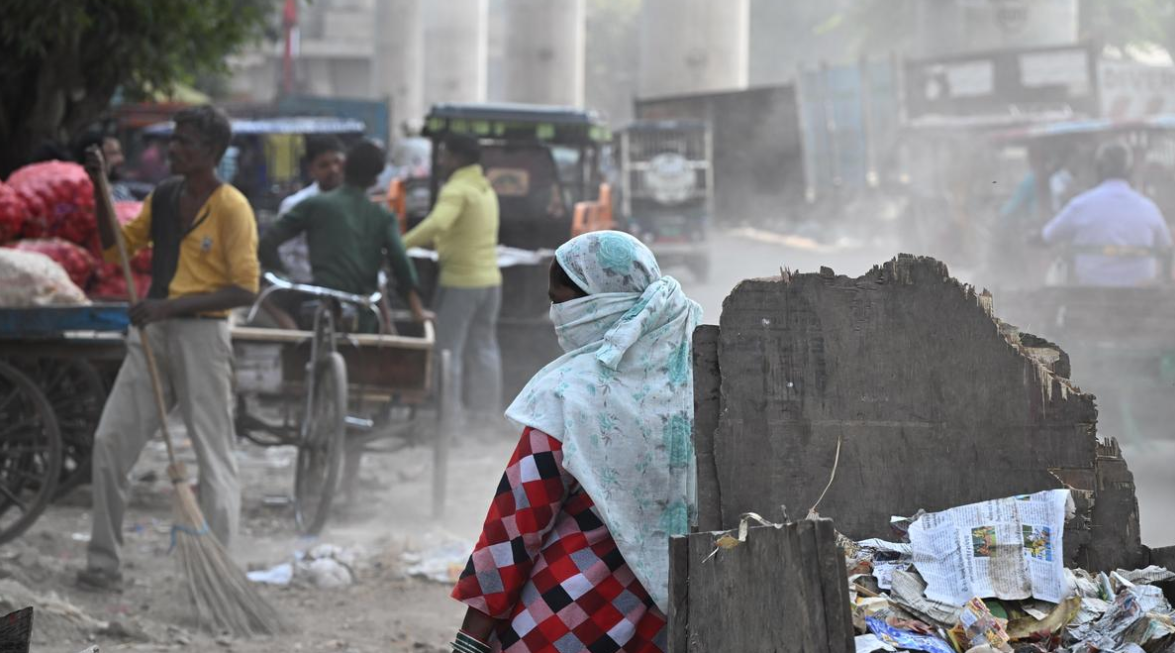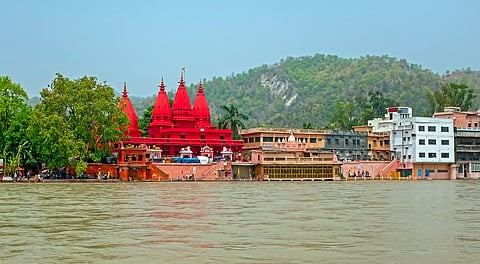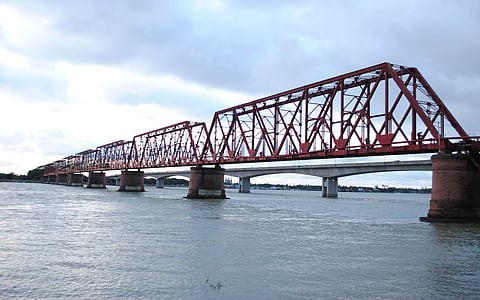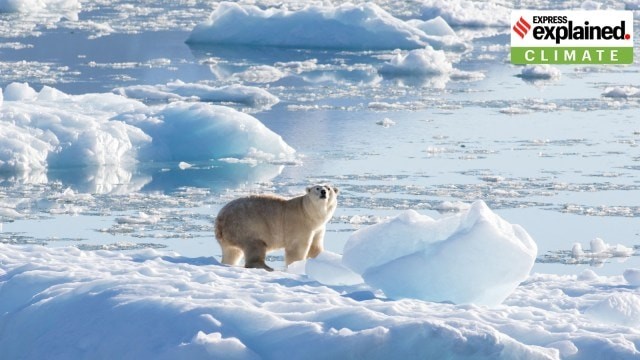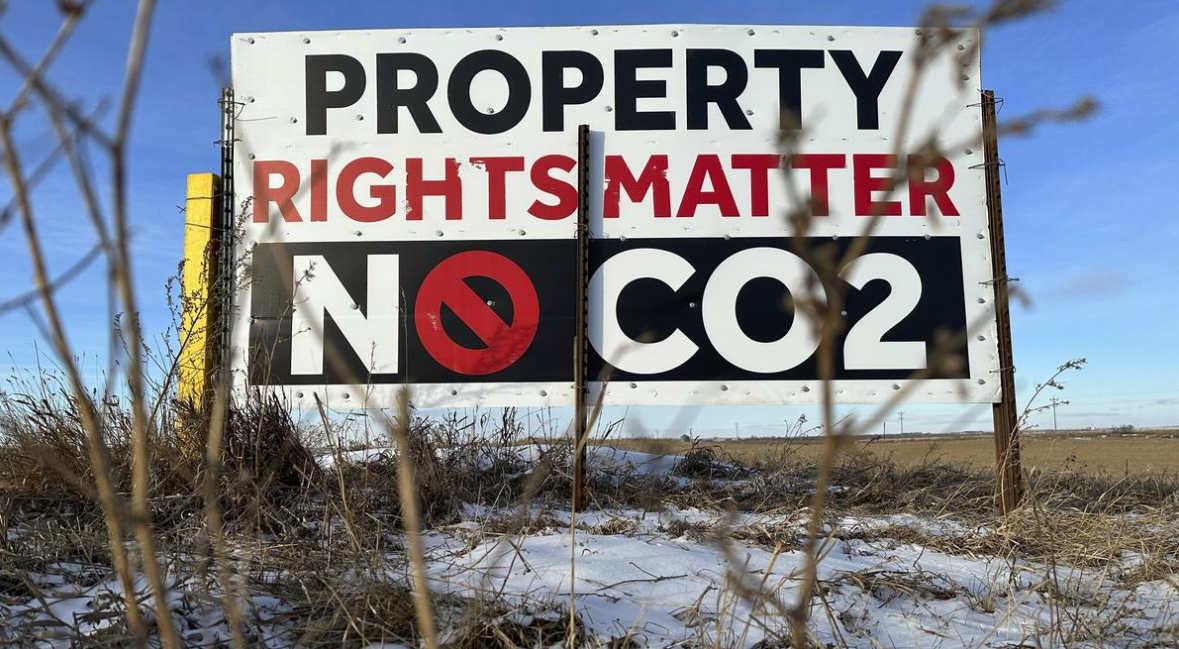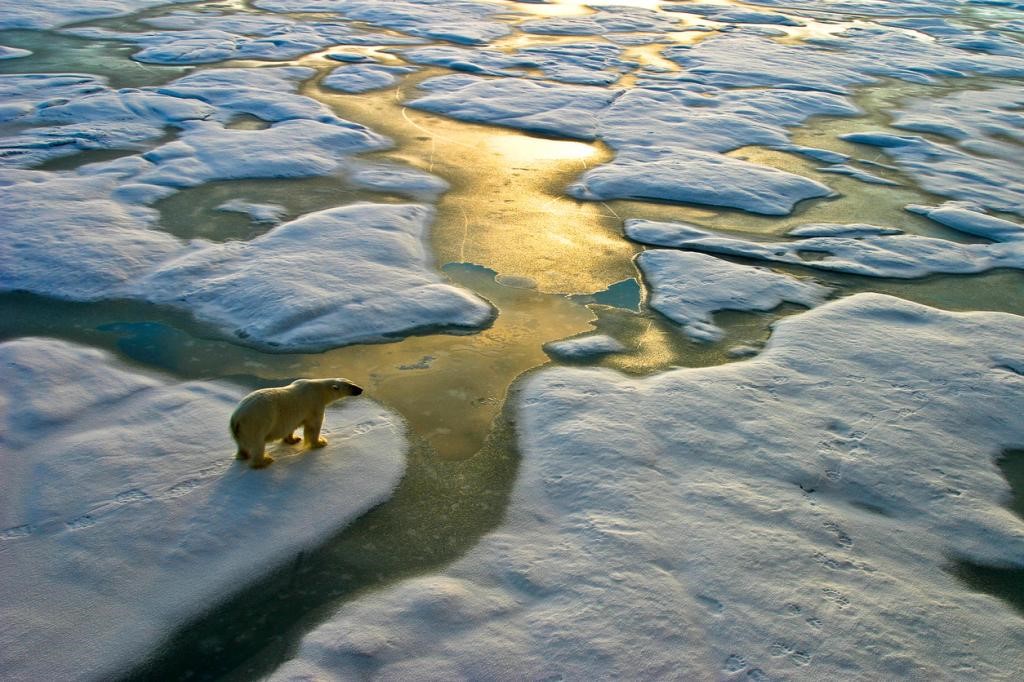Description

Disclaimer: Copyright infringement not intended.
Context:
USAID and Red Cross organized virtual ‘Global Summit on Extreme Heat’.
Details
Global Summit on Extreme Heat
- United States Agency for International Development (USAID) and the International Federation of Red Cross and Red Crescent Societies (IFRC) hosted the first Global Summit on Extreme Heat, which brought together leaders and changemakers from across the world to discuss solutions and strategies to protect communities and workers from extreme heat.
- As part of the Summit, USAID and IFRC kicked off a Global Sprint of Action on Extreme Heat to raise awareness and spur commitments around extreme heat, beginning with Summit and culminating with the Global Day of Action on Extreme Heat on June 2, 2024.
- During the sprint of action, governments, civil society, youth, and students will take concrete steps around the globe to help prepare countries and communities for extreme heat and increase resilience to the impacts of climate change that cannot be avoided.
- These actions support the President’s Emergency Plan for Adaptation and Resilience (PREPARE), the U.S. effort to help more than half a billion people in developing countries adapt to and manage the impacts of climate change by 2030.
USAID highlighted some of the new initiatives to combat extreme heat including:
IFRC and USAID Extreme Heat Global Action Hub.
- IFRC and USAID are launching a virtual central hub to organize progress across sectors, USAID Missions, and IFRC Societies to work with national and local governments to identify actions to reduce the impacts of extreme heat, convene local leaders, and raise awareness about extreme heat.
Fire Grand Challenge Prize.
- In partnership with the Gordon and Betty Moore Foundation for the North American West, and contributions from USAID, ConservationXLabs will launch a Fire Grand Challenge to help people in the Amazon Basin, Southeast Asia, and the North American West manage forest fires.
- The Grand Challenge will source and scale ideas that pair the knowledge and practices of Indigenous communities with cutting-edge innovation, science, and technology to impact global fire stewardship.
Releasing a New Global Famine Early Warning Systems Network (FEWS NET) Interactive Heat Exposure Projections Map.
- FEWS NET launched an interactive mapping tool to help policy makers, donors, and other stakeholders better understand and plan for extreme heat and its implications in particular countries.
- Users will be able to identify a population’s extreme heat exposure as experienced in the recent past (2000-2017 average) and projected in 2050 to understand the evolution and scale of extreme heat threats by mid-century.
Guidance on Extreme Heat for Federal Agencies Operating Overseas and United States Government Implementing Partners.
- This guidance document, the first of its kind, lays out a framework for U.S. Embassies and Missions overseas to increase the resilience of their workforce and the communities that they operate in against extreme heat-related weather incidents through planning, early warning systems, education, infrastructure improvements, humanitarian assistance considerations, and engaging country and community leaders.

Toolkit for higher education, created by the University of Pennsylvania’s Perry World House.
- This toolkit supports universities and their partners – all around the world – to capitalize on their ability to foment substantive and cross-disciplinary collaboration that builds resilience to the heatwaves of today and tomorrow.
- It derives from project-based work across sub-national, national, and international levels on extreme heat, among other climate-related topics.
Who can participate?
National and local governments:
- To commit to develop Heat Action Plans or issue guidance to protect outdoor workers and other vulnerable populations from extreme heat and implement early warning systems in line with the Secretary General’s Early Warning for All by 2027.
International finance institutions:
- Fund and assessment managers, donor agencies, and philanthropies to make meaningful commitments to provide financing for extreme heat.
Companies
- To make new, significant commitments to signal the critical importance of building climate resilience in partner countries in line with the Administrator’s PREPARE Call to Action.
Universities and youth leaders, civil society, innovators, and mappers
- To organize action events in their communities and campuses, e.g., increasing shade cover and green spaces through tree planting; taking measures to cool buildings, for example through cool roofs; and mapping where vulnerable populations and cooling centers are located.

USAID
- The United States Agency for International Development (USAID) is an independent agency of the United States government that is primarily responsible for administering civilian foreign aid and development assistance.
- Congress passed the Foreign Assistance Act on September 4, 1961, which reorganized U.S. foreign assistance programs and mandated the creation of an agency to administer economic aid.
- USAID was subsequently established by the executive order of President John F. Kennedy.
|
PRACTICE QUESTION
Heat waves are among the most dangerous of natural hazards, the frequency and intensity of which will rise in the 21st century due to climate change. Discuss. (250 Words).
|






